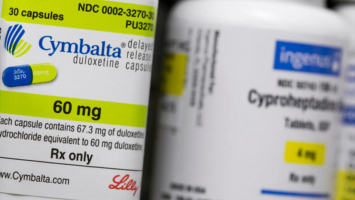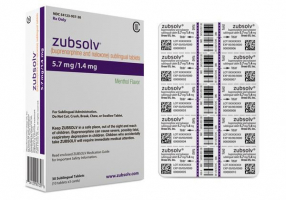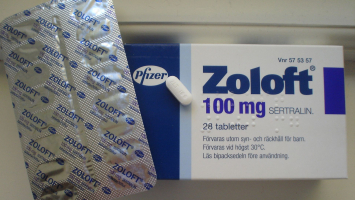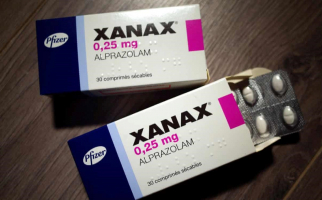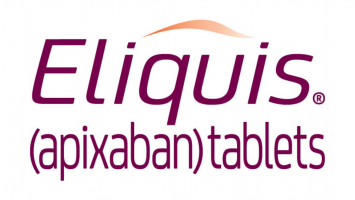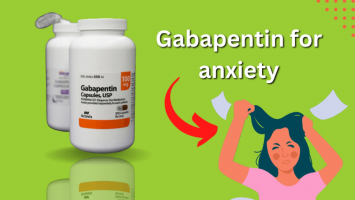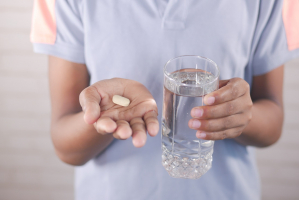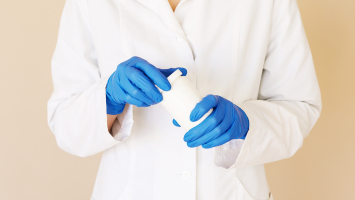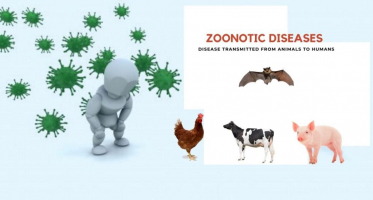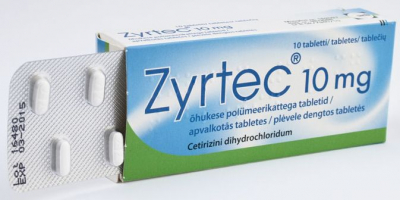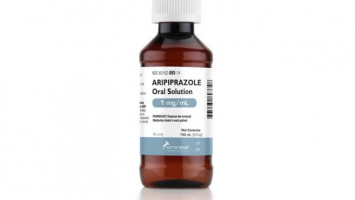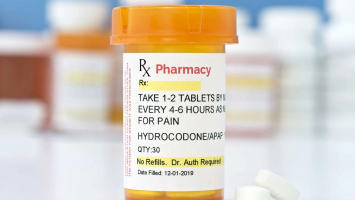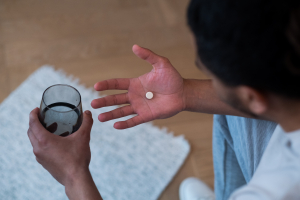Top 8 Things to Know About Vivitrol
Vivitrol is a long-acting injectable form of naltrexone, which is a medication used to treat two substance use disorders: opioid use disorder and alcohol use ... read more...disorder (alcoholism). So what is Vivitrol, how to receive this, and what are its risks? Read our article to understand more about Vivitrol.
-
Vivitrol is a brand-name intramuscular injection of naltrexone, a medication that binds to endorphin and opioid receptors in the brain and blocks the effects of alcohol and other substances. Naltrexone can be given as a pill or as an injection known as Vivitrol. A healthcare expert administers injections usually once a month. A professional would inject your Vivitrol dose for an extended release over roughly 30 days.
"Naltrexone blocks the euphoric and sedative effects of opioids such as heroin, morphine, and codeine," according to the Substance Abuse and Mental Health Administration (SAMHSA), and "binds to the endorphin receptors in the body, blocking the effects and feelings of alcohol."
Naltrexone prevents the high or positive feelings associated with alcohol and substance usage by binding to both of these receptors. Following detox from physical dependence, naltrexone in the form of Vivitrol can be used to treat opioid and alcohol use disorders. The US Food and Drug Administration first approved Vivitrol in 2006.
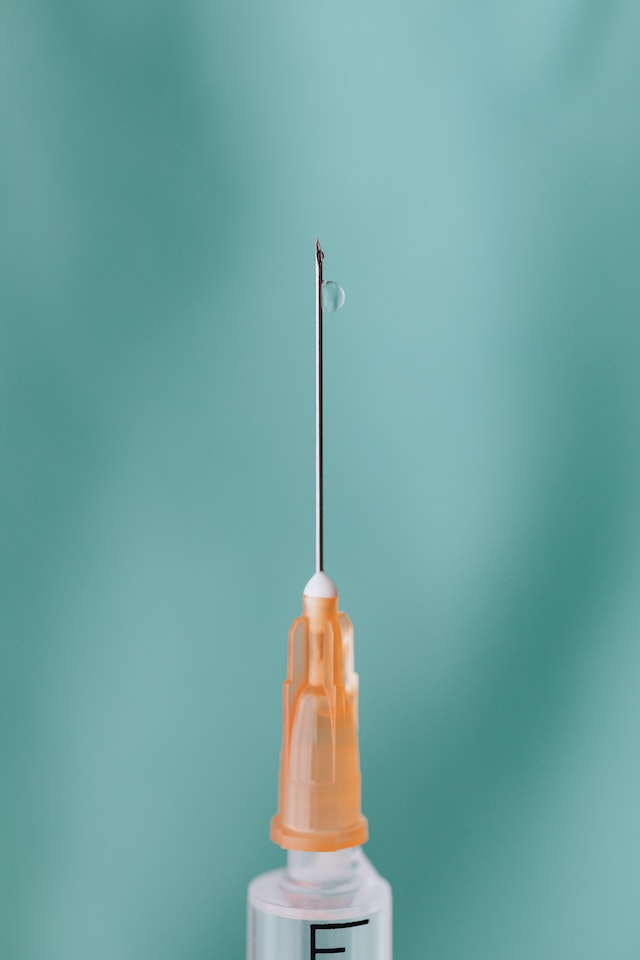
Photo by Karolina Grabowska on Pexels 
Photo by Gustavo Fring on Pexels -
Vivitrol is a medication-assisted treatment (MAT) alternative for the treatment of alcohol and opioid use disorders. The active ingredient in Vivitrol, naltrexone, was approved by the Food and Drug Administration (FDA) in 2006 for the treatment of both alcohol and opioid use disorders. Vivitrol can be used as part of an alcohol and opioid addiction treatment plan.
Vivitrol is not a cure for addiction, although it can aid in the treatment of addiction. If you're having trouble staying sober when you first start treatment, Vivitrol can help you stay sober and overcome physical dependence on alcohol or opioids. Vivitrol decreases cravings in people who are addicted to opioids or alcohol by blocking the "feel-good" chemicals released in the brain when they drink.
Vivitrol injections can help you manage cravings and impulses during early addiction recovery. You may experience unpleasant withdrawal symptoms when detoxing. To avoid these symptoms, you may be inclined to use substances again.
Vivitrol should only be used after detox and not if you are experiencing withdrawal symptoms from severe drinking or opioid use. Vivitrol is used following alcohol and opioid detoxification to aid in maintaining sobriety during the early stages of recovery.
If you are at risk of relapse due to painful withdrawal symptoms during detox, Vivitrol treatment may be part of your addiction treatment. If you have a background of excessive drinking or opioid use, you may be at a higher risk of relapse even after detox.
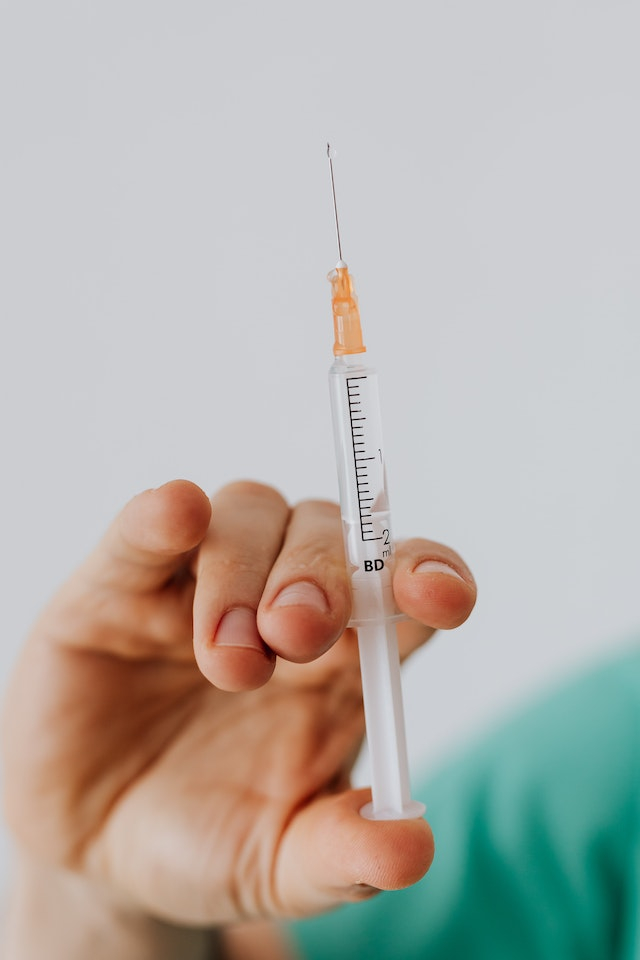
Photo by Karolina Grabowska on Pexels 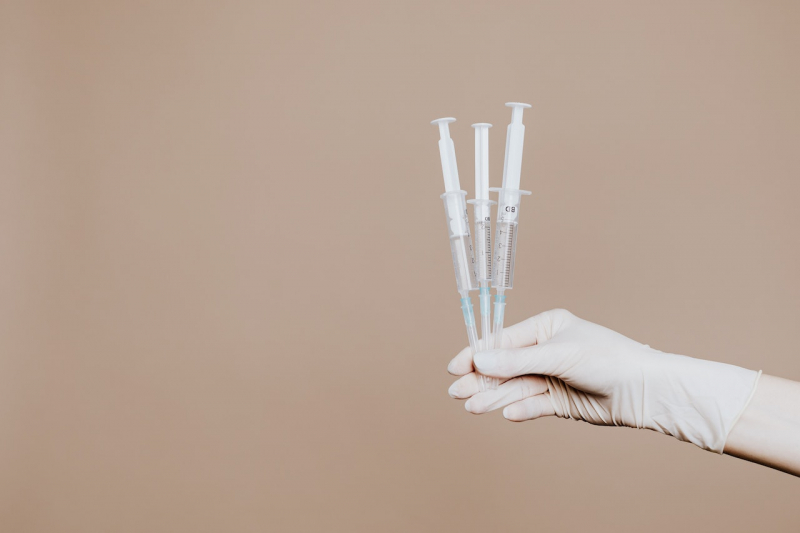
Photo by Karolina Grabowska on Pexels -
If you are using or have a physical reliance on opioid-containing medications or opioid street drugs such as heroin, do not use Vivitrol. Your healthcare provider may give a tiny injection of naloxone to test for physical dependence on opioid-containing medicines or street drugs. This is referred to as a naloxone challenge test. If you have opioid withdrawal symptoms after the naloxone challenge test, do not begin Vivitrol treatment at that time. After you have stopped taking opioids, your healthcare provider may repeat the test to determine whether it is safe to begin Vivitrol.
If you are experiencing opioid withdrawal symptoms, do not use Vivitrol. When you have been taking opioid-containing medicines or opioid street drugs after a long period of use and then stop, you may experience withdrawal symptoms. Anxiety, sleeplessness, yawning, fever, sweating, teary eyes, runny nose, goose bumps, shakiness, hot or cold flushes, muscle aches, muscle twitching, restlessness, nausea and vomiting, diarrhea, or stomach cramps are all symptoms of opioid withdrawal.
If you are allergic to naltrexone, any of the ingredients in Vivitrol, or the liquid used to combine Vivitrol, do not take it. To determine the best course of action, always check with your healthcare professional before initiating any treatment.
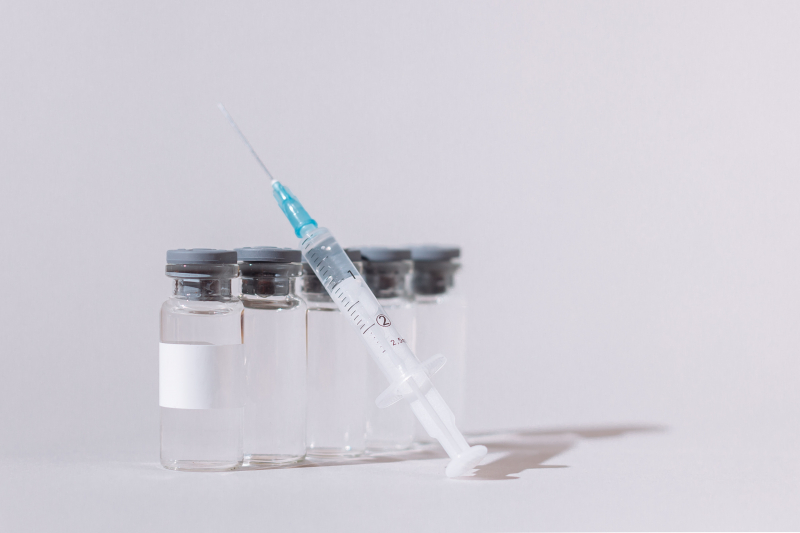
Thirdman 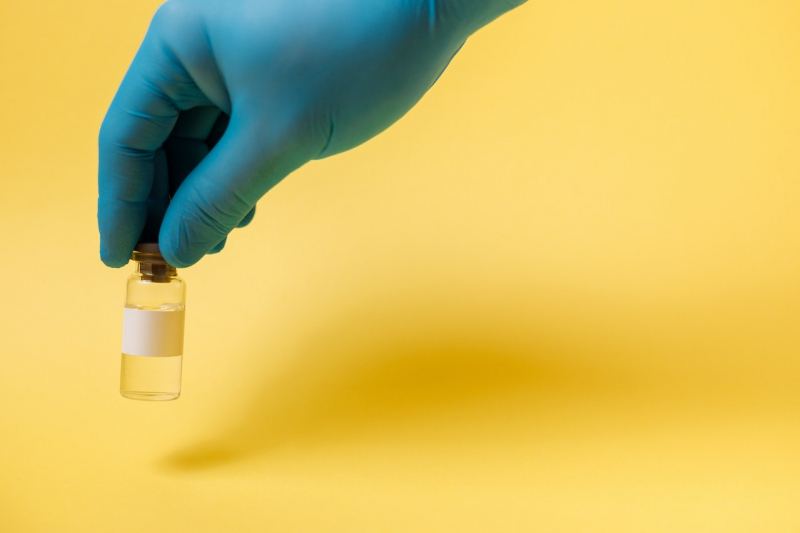
Photo by Thirdman on Pexels -
It is recommended that you do not drink while taking Vivitrol. Even though Vivitrol and alcohol do not interact, you should avoid drinking while in addiction treatment. You will not become ill or have adverse effects from alcohol while taking Vivitrol. You will experience the same drinking symptoms as you would normally.
"Vivitrol does not reduce the effects of alcohol that impair coordination and judgment," according to the National Institute on Alcohol Abuse and Alcoholism (NIAAA), and "may reduce your feeling of intoxication and the desire to drink more, but it will not cause a severe physical response to drinking." Even if there is no risk of drug interaction or dangerous side effects, drinking alcohol while on Vivitrol will not benefit your addiction treatment.
When treating alcohol, the goal is abstinence and long-term sobriety. While drinking while taking Vivitrol will not put you in danger, you will be working against your treatment strategy if you do not quit drinking.

Photo by Maria Orlova on Pexels 
Photo by Elina Sazonova on Pexels -
A healthcare provider injects Vivitrol about once a month. A healthcare provider must inject Vivitrol. Do not attempt to inject this medication into yourself. Serious responses, some of which may necessitate hospitalization, are possible.
Vivitrol is injected into a muscle in the buttocks with a particular needle that comes with it. Vivitrol remains in the body for a month after injection and cannot be eliminated. Whenever you require medical attention, inform the doctor that you are receiving Vivitrol injections and when you last received one.
This is essential since this medication can also interfere with the effects of opioid-containing medications that you may be taking for pain, cough or cold, or diarrhea.
Carry written information with you at all times to notify healthcare providers that you are taking this drug so that they can properly treat you in an emergency. Inquire with your healthcare practitioner about obtaining a wallet card to carry with you.
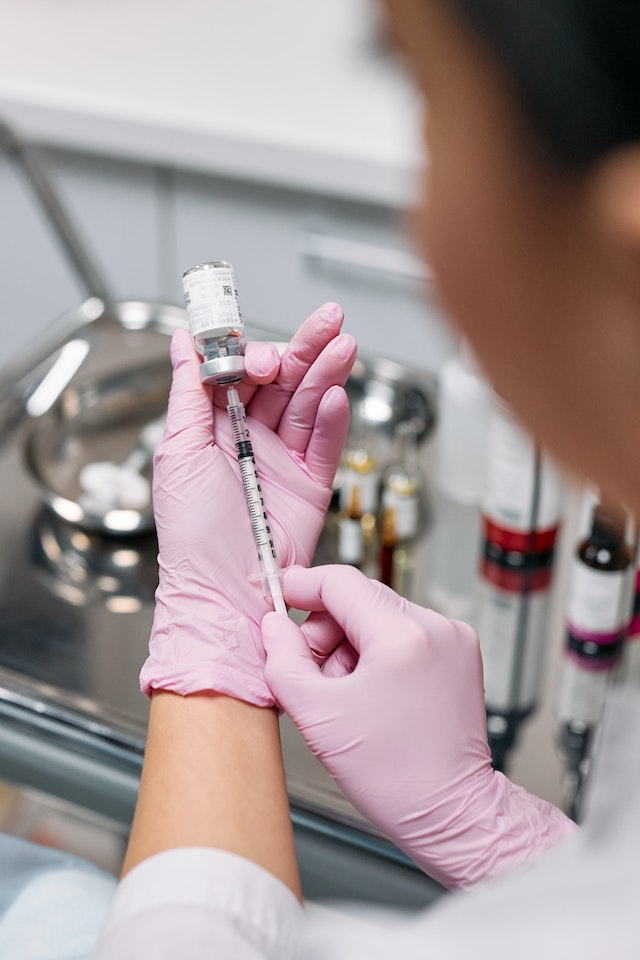
Photo by cottonbro studio on Pexels 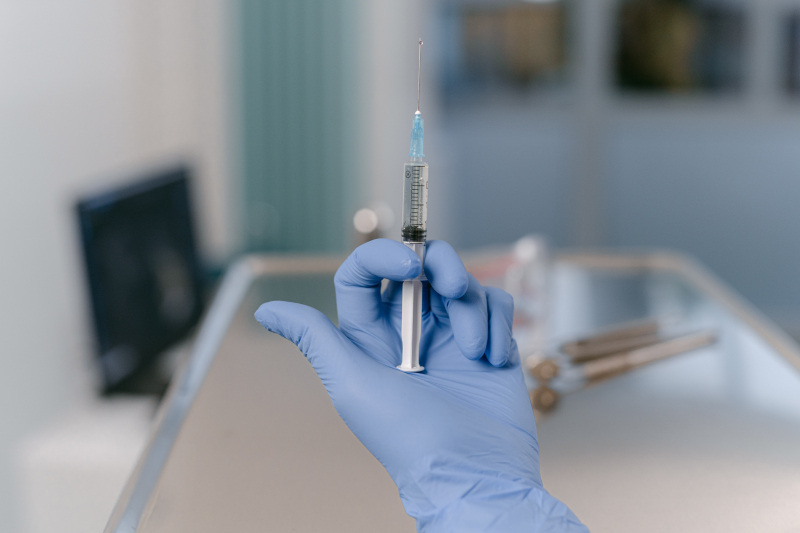
Photo by SHVETS production on Pexels -
Vivitrol commonly causes the following side effects:
- nausea. Nausea may occur following your first Vivitrol injection, although it normally subsides within a few days. Vivitrol injections in the future are less likely to cause nausea.
- sleepiness
- headache
- dizziness
- vomiting
- reduced appetite
- painful joints
- cramps in the muscles
- symptoms of a cold
- toothache
- sleeping difficulty
Inform your medical doctor if any side effect bothers you or does not go away. These are not the only Vivitrol side effects. Consult with your healthcare professional or pharmacist for further information.

Photo by Andrea Piacquadio on Pexels 
Photo by Andrea Piacquadio on Pexels -
Vivitrol has serious side effects, including the increased risk of an opioid overdose when using Vivitrol. There are two ways to overdose by mistake. Vivitrol prevents the effects of opioids such as heroin and opioid pain medicines. To try to counteract the opioid-blocking effects of this medication, do not take large amounts of opioids, including opioid-containing medicines such as heroin or prescription pain pills. This can result in severe injury, coma, or death.
Or, after receiving a dose of Vivitrol, its blocking effect gradually reduces and eventually disappears. If you have previously used opioid street drugs or opioid-containing prescriptions, taking opioids at the levels you did prior to treatment with Vivitrol can result in overdose and death.
It is important that you inform your family and those closest to you about your increased sensitivity to opioids and the potential of overdose. If you have problems breathing, get very drowsy with slower breathing, have slow, shallow breathing (little chest movement with breathing), feel faint, very disoriented, confused, or have other strange symptoms, you or someone close to you should phone 911 or receive emergency medical care help immediately away. Talk to your doctor about naloxone, a medicine that can be used to treat an opioid overdose in an emergency. In all situations of known or suspected opioid overdose, call 911 or seek emergency medical help straight away, even if naloxone is administered.
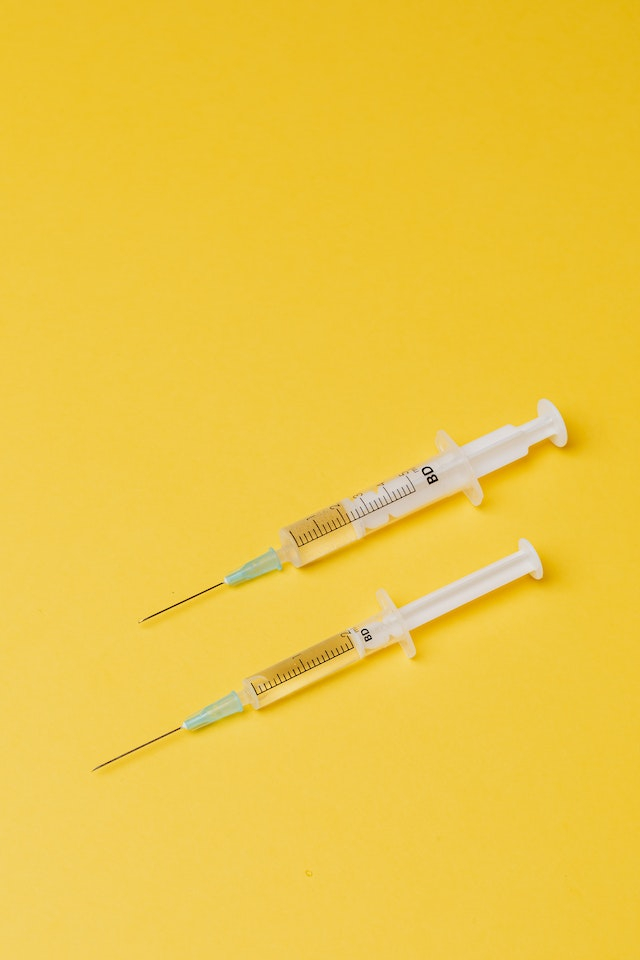
Photo by Karolina Grabowska on Pexels 
Photo by MART PRODUCTION on Pexels -
Severe responses at the injection site (injection site reactions). Some Vivitrol users have experienced severe injection site reactions, including tissue death (necrosis). Some of these injection site responses have necessitated surgical treatment. A healthcare provider must inject this medicine. If you observe any of the following symptoms at any of your injection locations, contact your healthcare provider right away: severe pain, the area that feels hard, a large area of swelling, lumps, blisters, an open wound, or a dark scab.
Inform your healthcare practitioner if you have any concerns about a reaction at an injection site that gets worse over time or does not improve within two weeks of the injection.
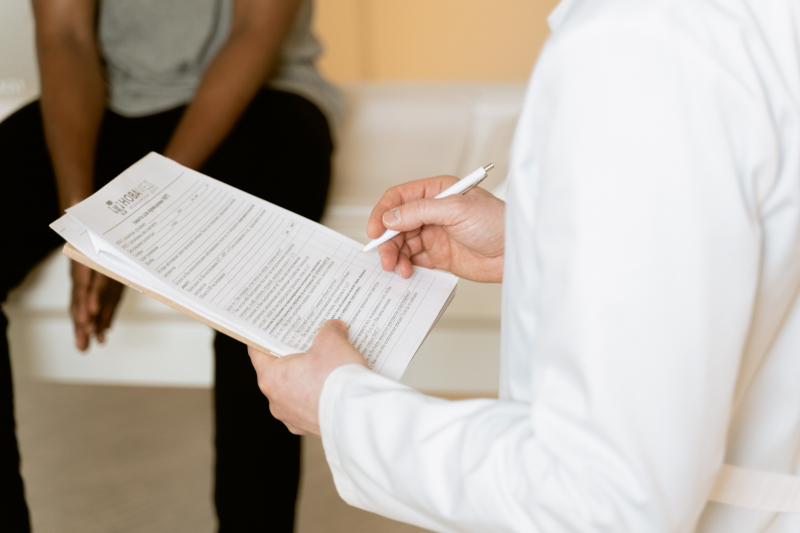
Photo by MART PRODUCTION on Pexels 
Photo by Antoni Shkraba on Pexels













